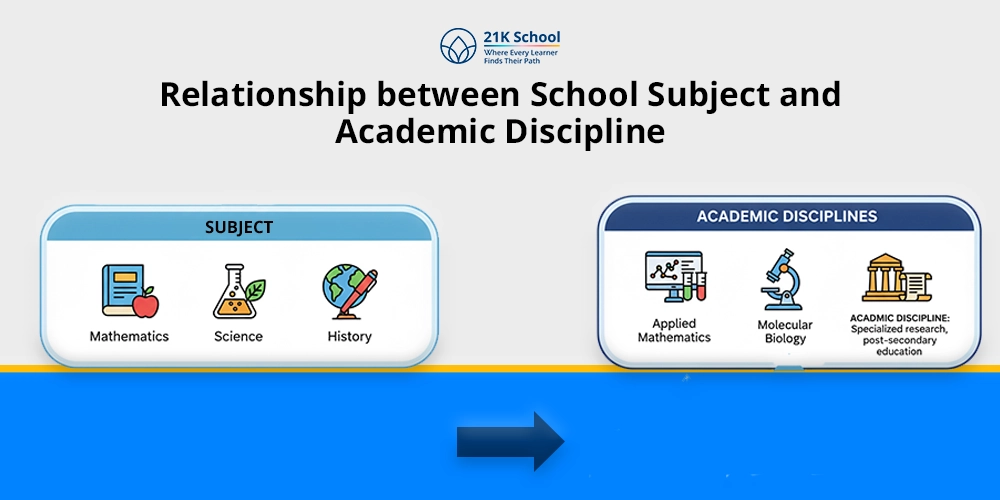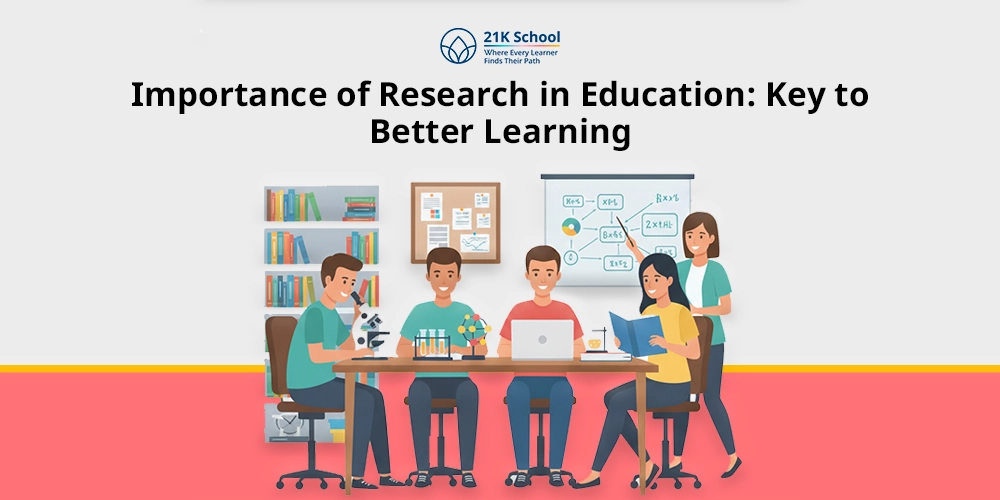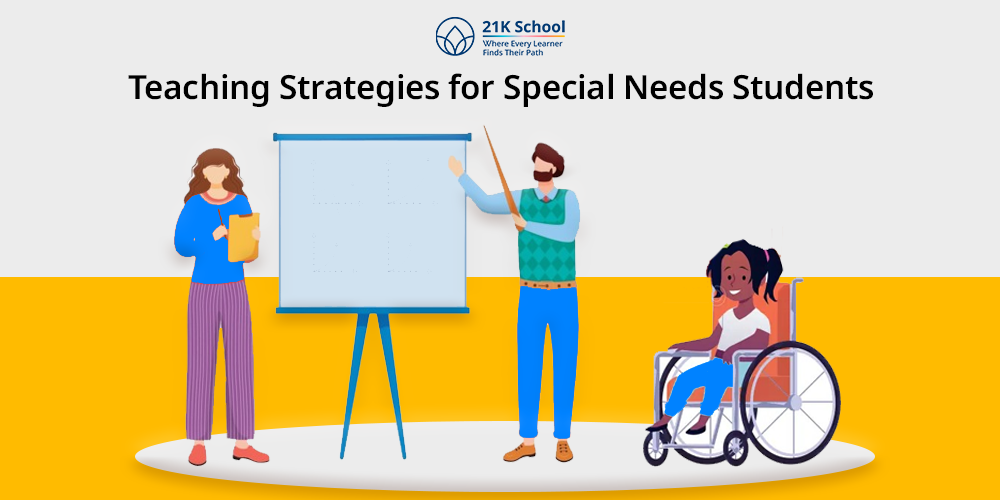
Do you know what teaching strategies can be used for students with special needs?
Special needs students require specialised learning approaches that help them to study as other students. The specialised teaching method requires a combination of techniques that allows students to learn as per their comfortability.
Creating an inclusive learning environment and a positive learning environment helps students with disabilities to complete their education without any physical challenges. Due to their unique learning challenges, students with special needs require specialised attention and support.
Different teaching strategies are used for different types of students, including those with learning disabilities , physical disabilities, emotional and behavioural disorders and intellectual disabilities.
Proper teaching strategies help in enhancing students’ learning outcomes as well as promote a more respectful environment.
Table of Contents
- Top 18 Teaching Strategies for Special Needs Students:
- 1. Creating a Supportive Learning Environment
- 2. Select Appropriate Materials and Resources
- 3. Peer Tutoring and Cooperative Learning
- 4. Implementation of IEP Programs
- 5. Using Assistive Technology
- 6. Promoting an Inclusive Learning Environment
- 7. Utilising Multisensory Learning
- 8. Independent Practice
- 9. Ensure all Students can Read
- 10. Group your Students Together
- 11. Utilising Therapeutic Teaching Approaches
- 12. Varied Instructional Methods
- 13. Visual aids
- 14. Teach Social Skills
- 15. Proper Communication and Feedback
- 16. Parental Involvement
- 17. Creating a Collaborative Learning Environment
- 18. Focus on Activities
- Why Special Needs Students Require Special Teaching Strategies
- How 21K School Adopts Teaching Strategies for Special Needs Students
- Conclusion
Top 18 Teaching Strategies for Special Needs Students:
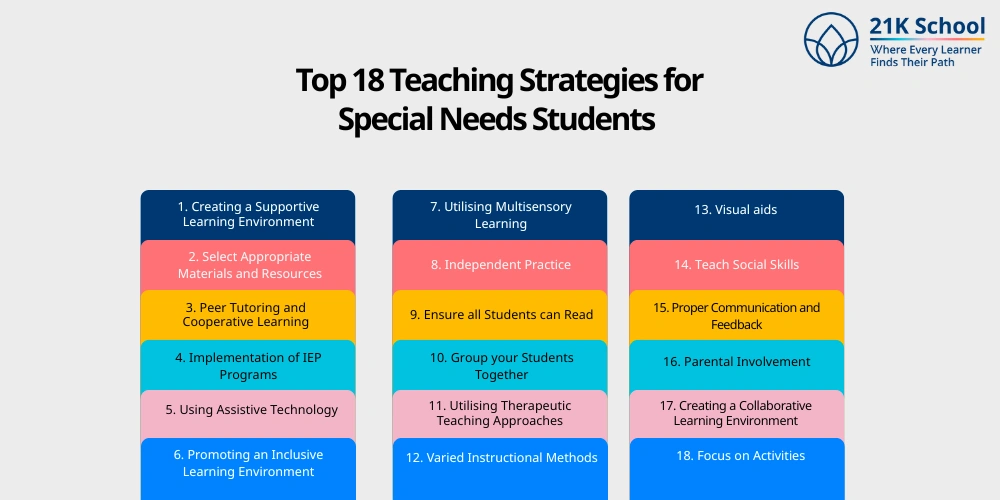
A wide range of teaching strategies was used to teach students with disabilities. This allows in developing holistic education as well as enhances their social-emotional learning .
Special education teachers develop specialised teaching methods to meet the individual learning needs.
This may involve modifying the curriculum , reorganising the way classes are taught, using assistive technologies to provide visual aids or breaking down complex concepts. The following are the teaching strategies for special needs students.
1. Creating a Supportive Learning Environment
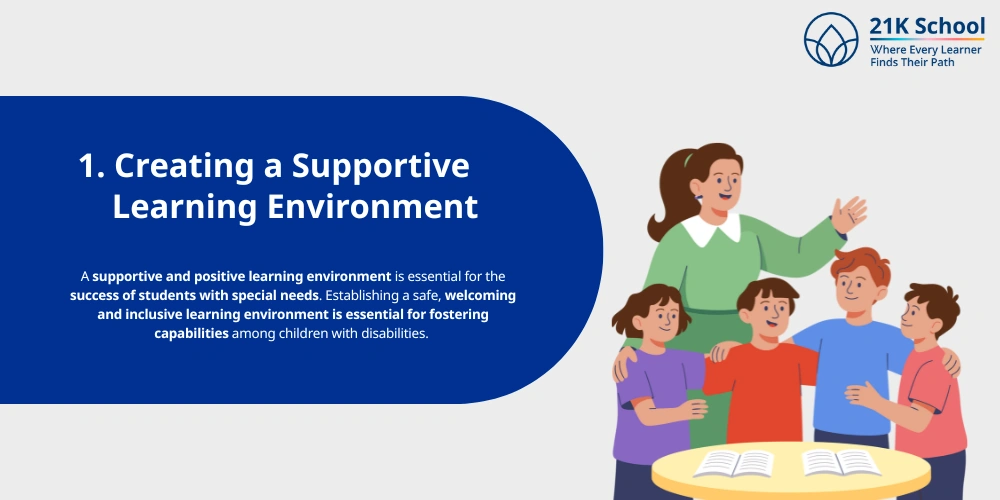
A supportive and positive learning environment is essential for the success of students with special needs. Establishing a safe, welcoming and inclusive learning environment is essential for fostering capabilities among children with disabilities.
Special educators can create this environment by providing emotional support, setting up clear rules and promoting appropriate behaviour. This encourages students to take risks, ask questions and engage in the learning process in a safe setting without any challenges.
2. Select Appropriate Materials and Resources
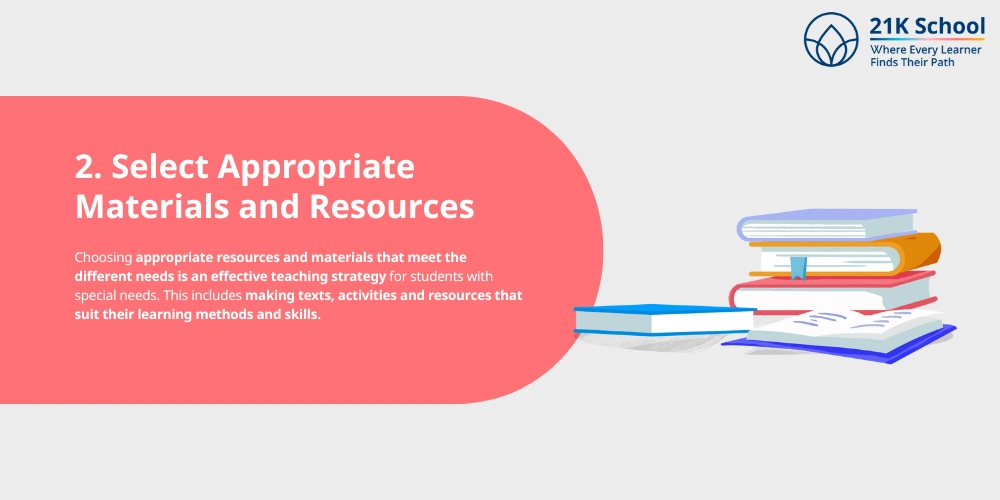
Choosing appropriate resources and materials that meet the different needs is an effective teaching strategy for students with special needs. This includes making texts, activities and resources that suit their learning methods and skills.
Teachers should use different teaching methods that are suited to various skill levels in order to ensure that every student can engage with the content in a meaningful way.
3. Peer Tutoring and Cooperative Learning
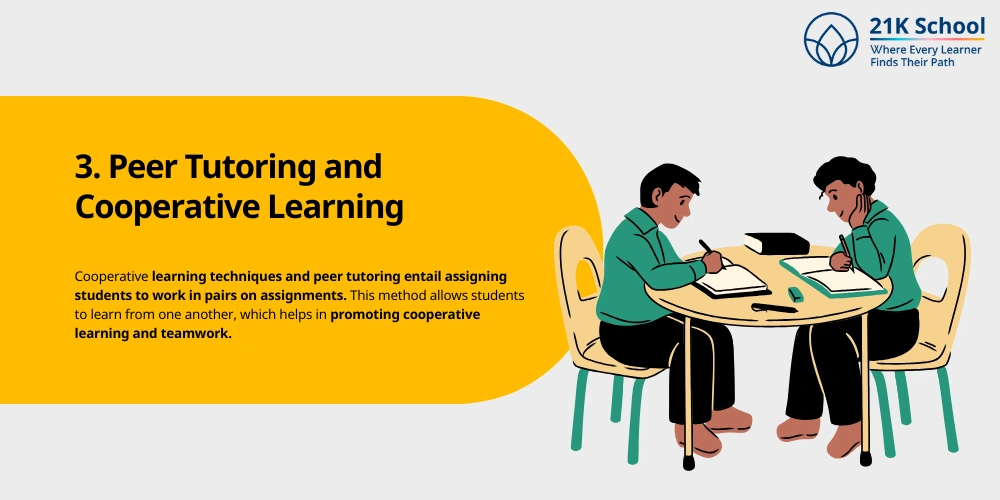
Cooperative learning techniques and peer tutoring entail assigning students to work in pairs on assignments. This method allows students to learn from one another, which helps in promoting cooperative learning and teamwork.
This allows students to learn from one another, which promotes peer-to-peer learning , and helps in improving comprehension, boosting self-esteem and fostering a sense of community in the classroom.
4. Implementation of IEP Programs
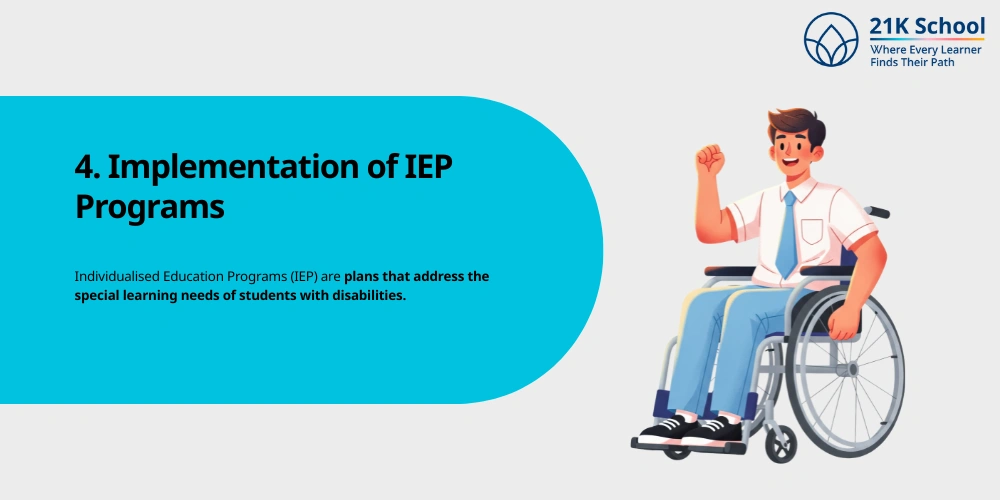
Individualised Education Programs (IEP) are plans that address the special learning needs of students with disabilities. The main aim of the IEP is to develop tailored goals, accommodations and modifications based on each student’s strengths and weaknesses.
Teachers make sure that IEPs are regularly reviewed and updated to make sure students have the resources and support that they need to succeed. This helps in enhancing students’ educational goals and makes education more effective.
5. Using Assistive Technology
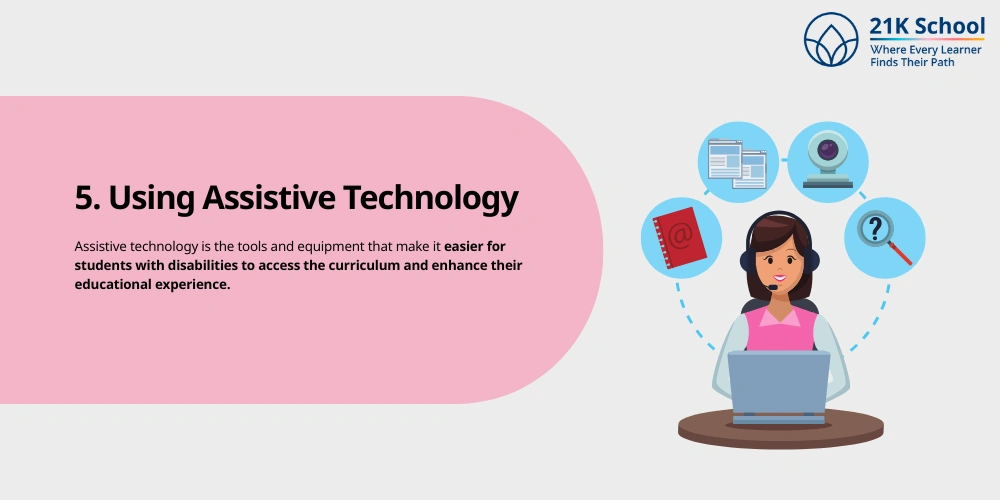
Assistive technology is the tools and equipment that make it easier for students with disabilities to access the curriculum and enhance their educational experience.
One of the effective teaching strategies is to implement the use of speech-to-text software and specialised learning applications. By integrating assistive technology in education , educators can provide students with the support they require to engage with the content in an efficient way.
6. Promoting an Inclusive Learning Environment
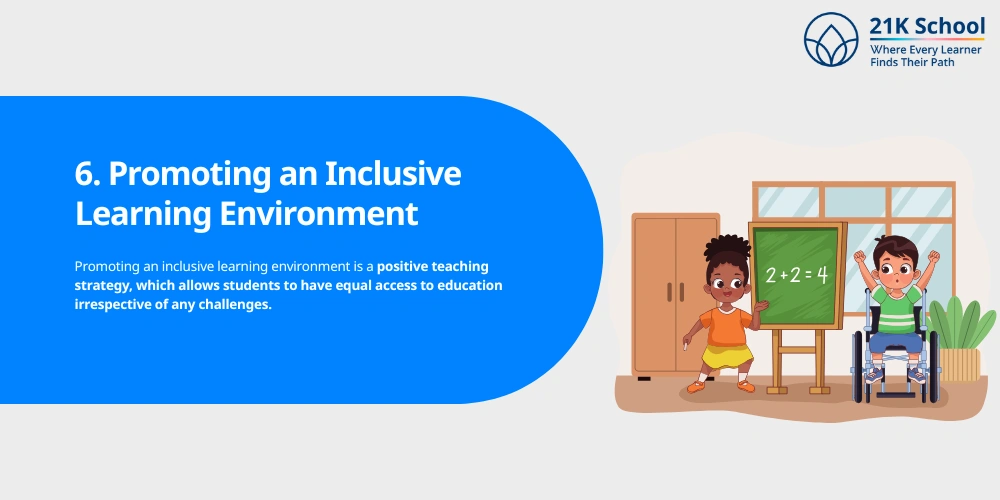
Promoting an inclusive learning environment is a positive teaching strategy, which allows students to have equal access to education irrespective of any challenges. This enhances students’ mental health towards their beliefs and intelligence.
Teachers can promote inclusivity by altering their teaching methods to foster teamwork and positive student interactions. This approach helps to remove barriers and promote a feeling of community for all students.
7. Utilising Multisensory Learning
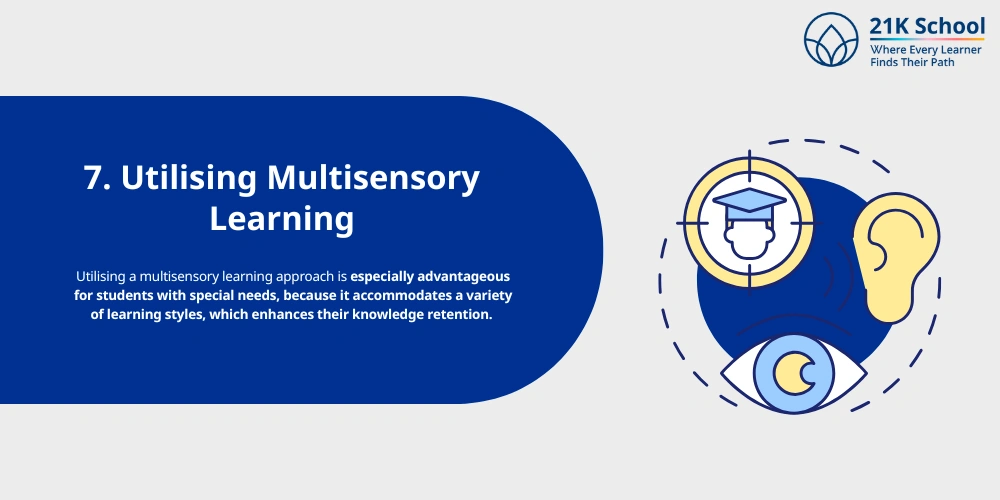
Multisensory learning is the process of using the senses of sight, sound, touch and movement. Utilising a multisensory learning approach is especially advantageous for students with special needs, because it accommodates a variety of learning styles, which enhances their knowledge retention.
This method can be implemented by teachers through using visual aids, audio resources and hands-on activities to make learning engaging and impactful.
8. Independent Practice
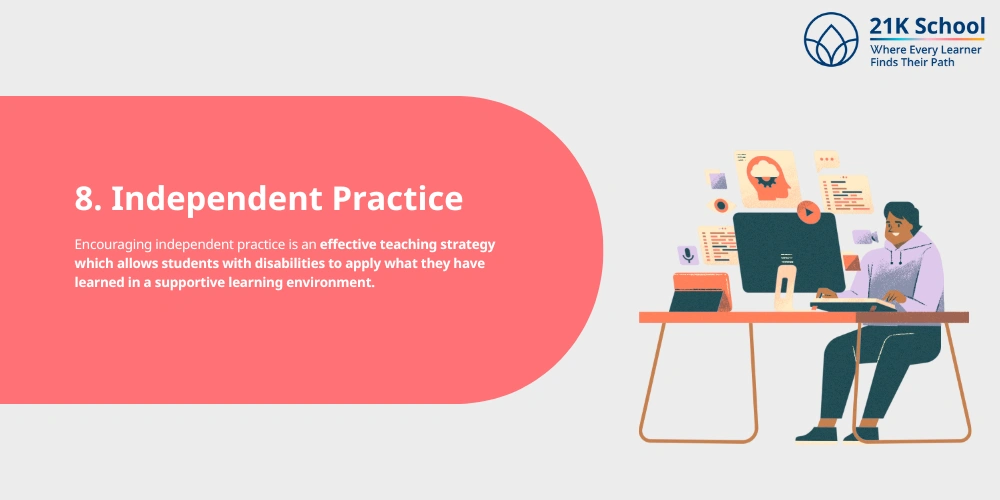
Encouraging independent practice is an effective teaching strategy which allows students with disabilities to apply what they have learned in a supportive learning environment. This strategy helps in building confidence and developing skills through repetition.
Through this method, educators can provide structured opportunities for independent work, allowing students to practice at their own pace while receiving guidance.
9. Ensure all Students can Read
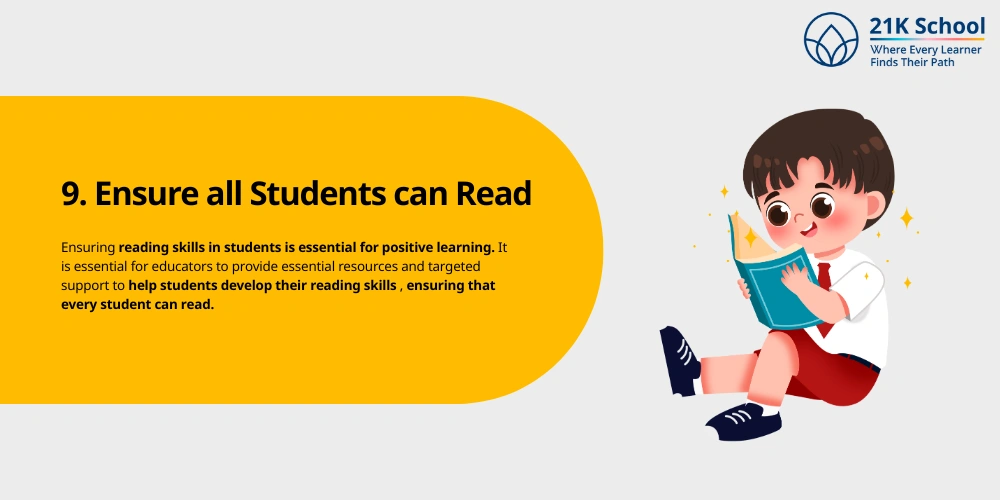
Ensuring reading skills in students is essential for positive learning. It is essential for educators to provide essential resources and targeted support to help students develop their reading skills , ensuring that every student can read.
Teachers can conduct reading sessions or reading activities to enhance their vocabulary skills. To help every student improve their reading skills, teachers should assess each student’s reading level and help them to develop various types of reading skills .
10. Group your Students Together
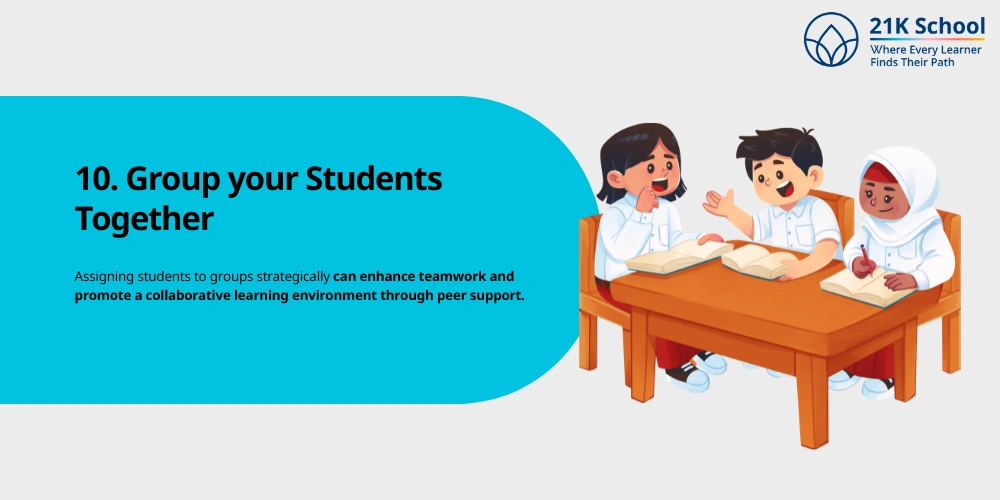
Assigning students to groups strategically can enhance teamwork and promote a collaborative learning environment through peer support.
Teachers can divide students into small groups based on common interests, learning preferences or skill levels to allow them to work together on projects and share ideas. As a result there is encouragement for students to share knowledge and grow closer to one another.
11. Utilising Therapeutic Teaching Approaches
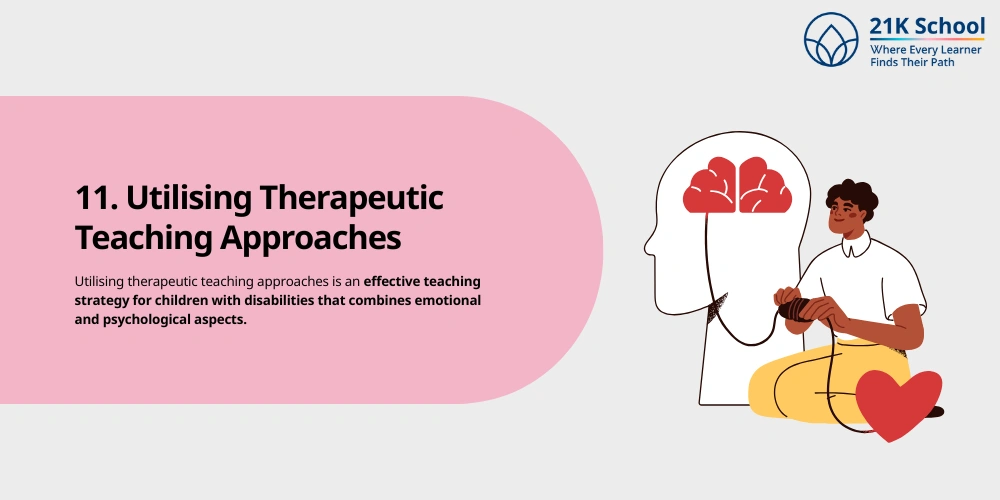
Utilising therapeutic teaching approaches is an effective teaching strategy for children with disabilities that combines emotional and psychological aspects. The main goal of therapeutic teaching methods is to meet the psychological and emotional needs of students with special needs.
This could entail introducing mindfulness in the classroom , social-emotional learning, and adapting the curriculum. Teachers can develop a more comprehensive learning environment that promotes students’ general wellbeing.
12. Varied Instructional Methods
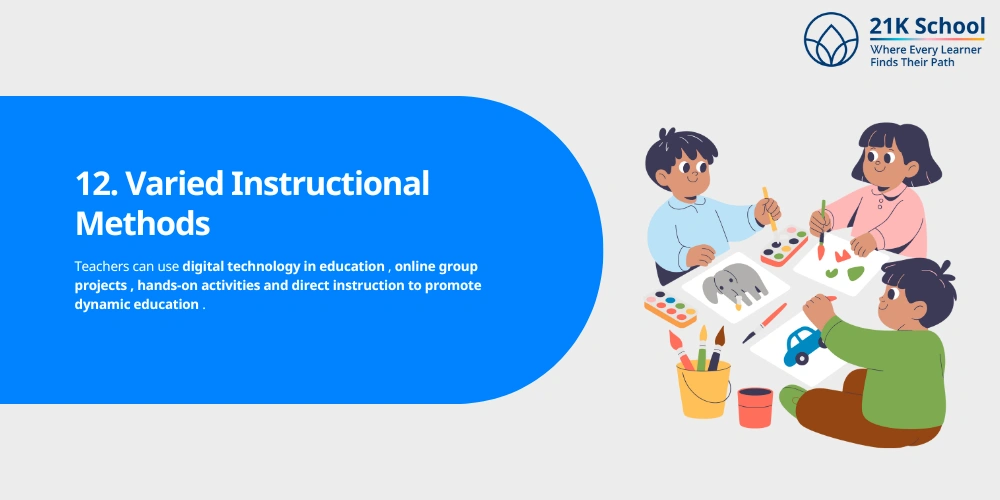
Using a variety of teaching strategies makes it easier to engage all students and take into account their various learning preferences.
Teachers can use digital technology in education , online group projects , hands-on activities and direct instruction to promote dynamic education . This diversity meets the various needs of the students while maintaining their motivation and interest.
13. Visual aids
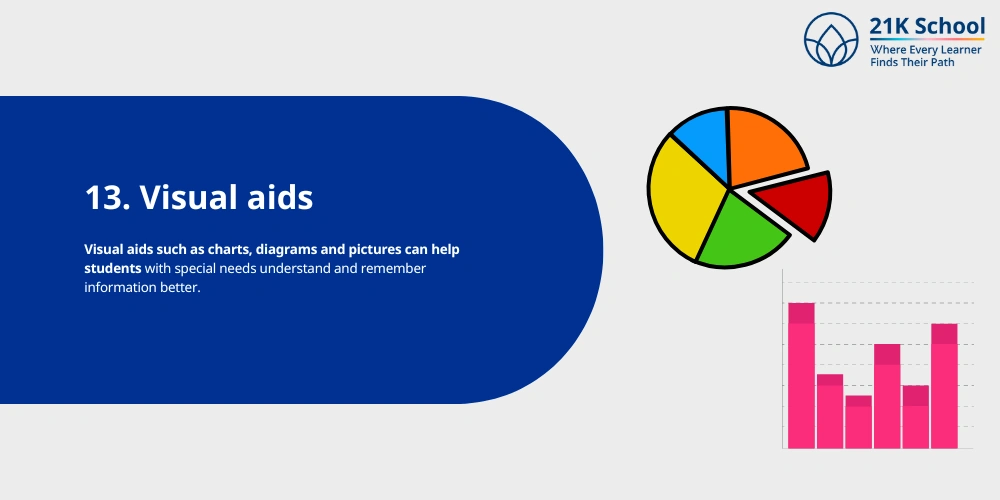
Using visual aids is an effective teaching technique for students with disabilities. Visual aids such as charts, diagrams and pictures can help students with special needs understand and remember information better.
Through the use of visual aids these resources assist students in comprehending complex ideas. Teachers can include visual aids in their lessons to facilitate learning and foster comprehension.
14. Teach Social Skills
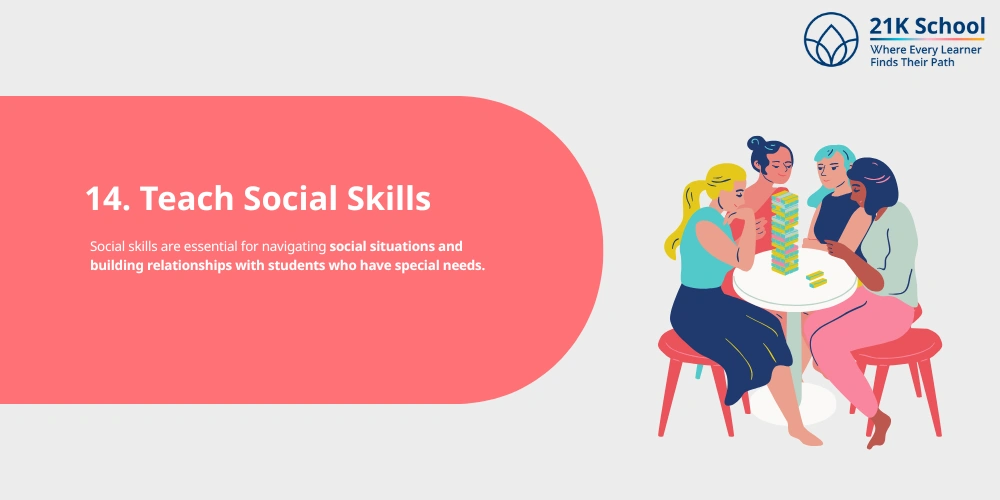
Social skills are essential for navigating social situations and building relationships with students who have special needs.
A few instances of this include the explicit teaching of empathy , communication , conflict resolution and appropriate social behaviour. Role-playing, social storytelling and group activities are all effective ways to teach students with social skills.
15. Proper Communication and Feedback
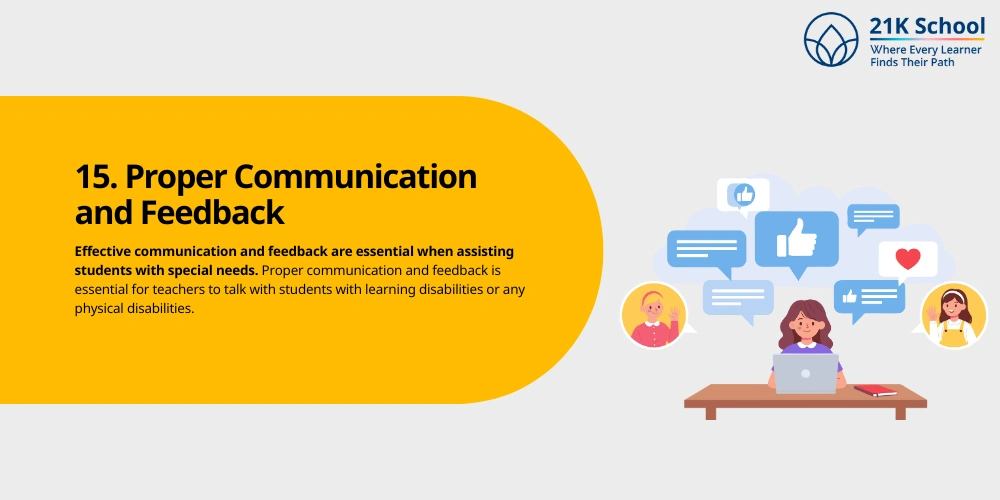
Effective communication and feedback are essential when assisting students with special needs. Proper communication and feedback is essential for teachers to talk with students with learning disabilities or any physical disabilities.
It is also essential to teach them with proper communication skills and provide them with proper feedback. Regular communication with students and their families promotes trust and good
16. Parental Involvement
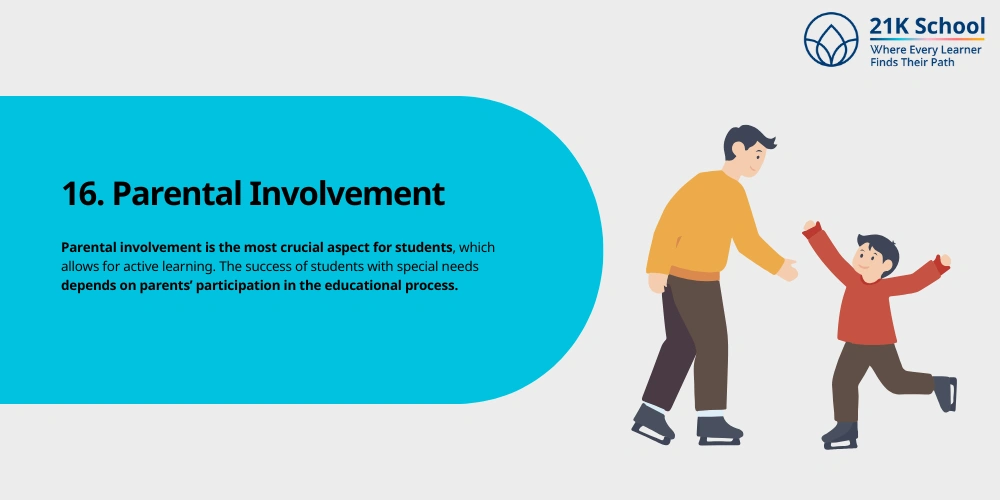
Parental involvement is the most crucial aspect for students, which allows for active learning. The success of students with special needs depends on parents’ participation in the educational process.
Teachers can encourage parental involvement in school events by inviting parents to participate and by maintaining open lines of communication and providing resources. This helps in enhancing parent-child relationships and makes learning more flexible.
17. Creating a Collaborative Learning Environment
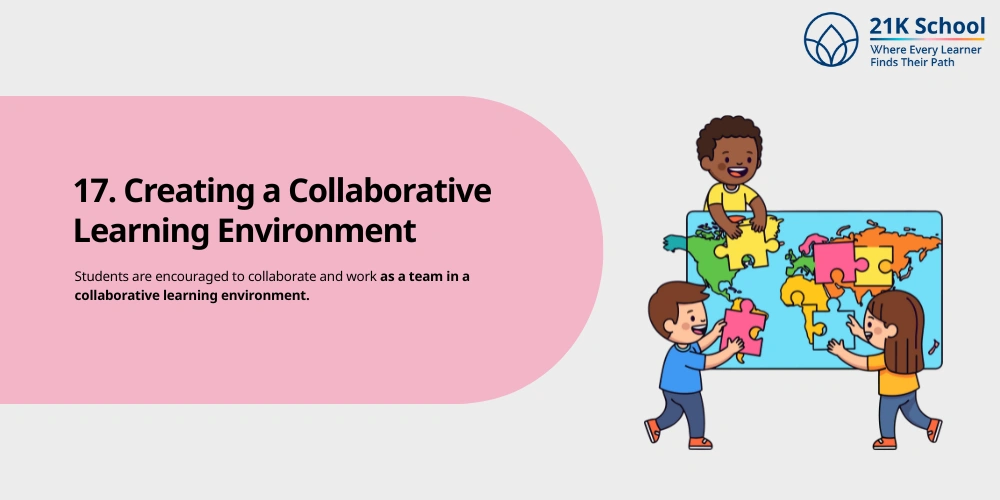
Students are encouraged to collaborate and work as a team in a collaborative learning environment.
Teachers can lead group projects, peer review meetings and discussions to encourage collaboration. This method promotes peer learning, collaboration skills , the development of social skills and a sense of belongingness.
18. Focus on Activities
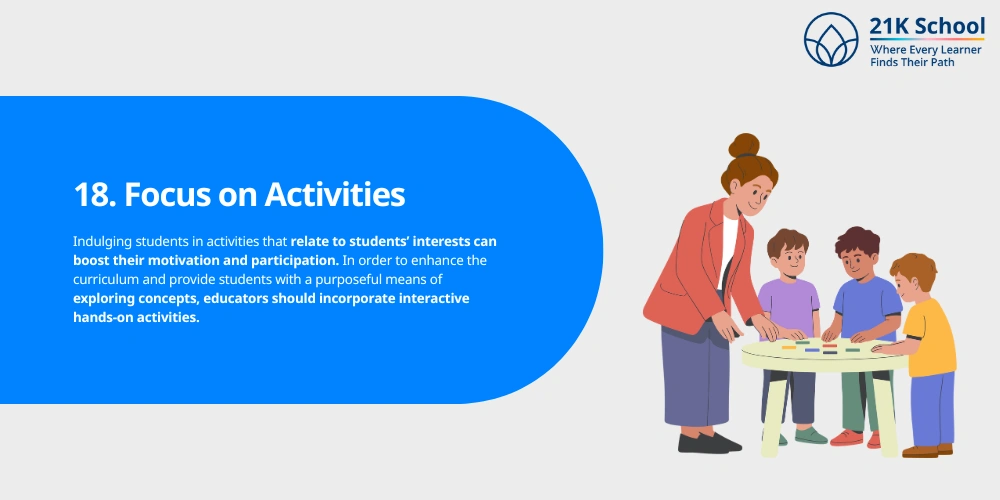
Indulging students in activities that relate to students’ interests can boost their motivation and participation. In order to enhance the curriculum and provide students with a purposeful means of exploring concepts, educators should incorporate interactive hands-on activities.
This approach fosters a passion for learning and encourages active engagement in the classroom.
Why Special Needs Students Require Special Teaching Strategies
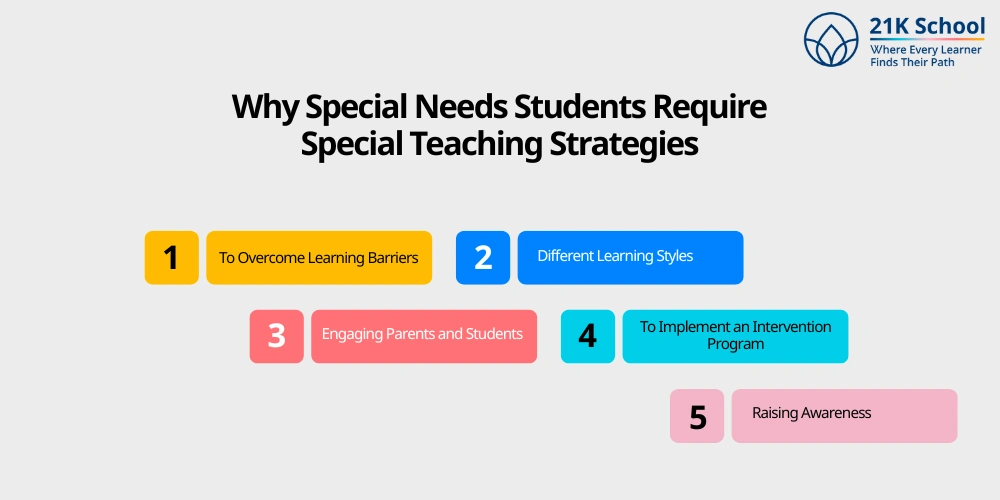
Special needs students require specialised teaching strategies, as they are unable to keep up the same speed as their peers. Providing students with specialised learning allows them to enhance their learning outcomes.
The benefits of an inclusive learning environment help in engaging students and promoting the involvement of parents. Here is why special needs students require special teaching strategies.
1. To Overcome Learning Barriers
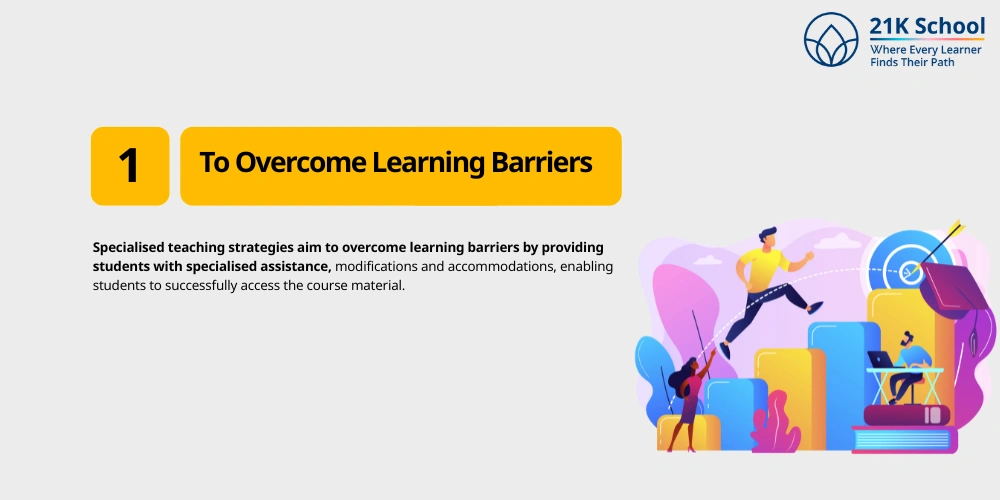
Specialised teaching strategies aim to overcome learning barriers by providing students with specialised assistance, modifications and accommodations, enabling students to successfully access the course material.
Students with disabilities have to face learning challenges that can obstruct their academic progress. These challenges may include mental, physical, emotional or sensory problems that limit their academic abilities.
2. Different Learning Styles
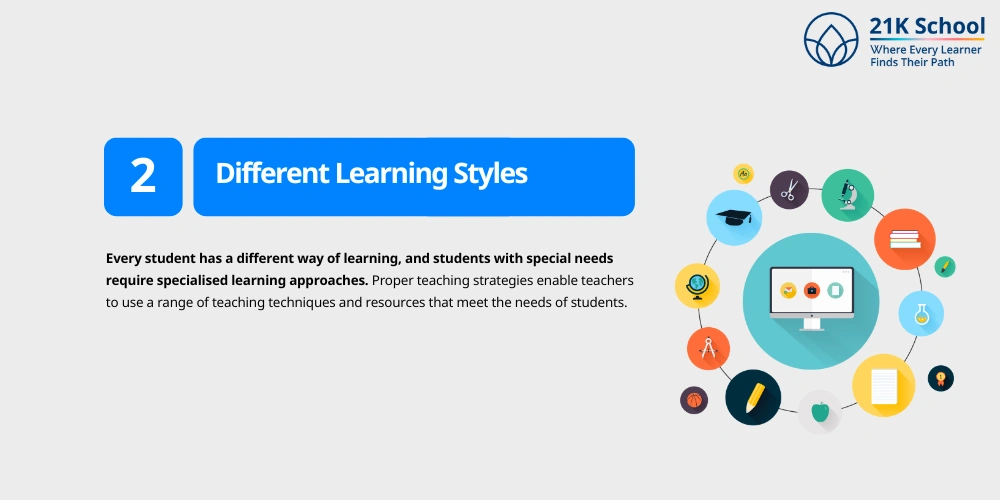
Every student has a different way of learning, and students with special needs require specialised learning approaches. Proper teaching strategies enable teachers to use a range of teaching techniques and resources that meet the needs of students.
Through differentiation, all students can interact with the material in a way that suits them, improving comprehension and memory retention.
3. Engaging Parents and Students
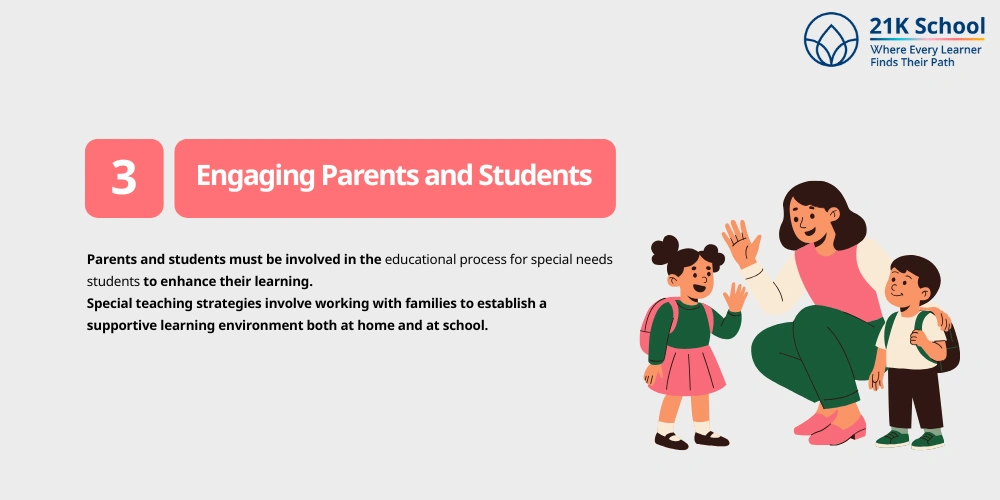
Parents and students must be involved in the educational process for special needs students to enhance their learning.
Special teaching strategies involve working with families to establish a supportive learning environment both at home and at school. Students who are actively involved in their education are empowered to indulge in self-directed learning .
4. To Implement an Intervention Program
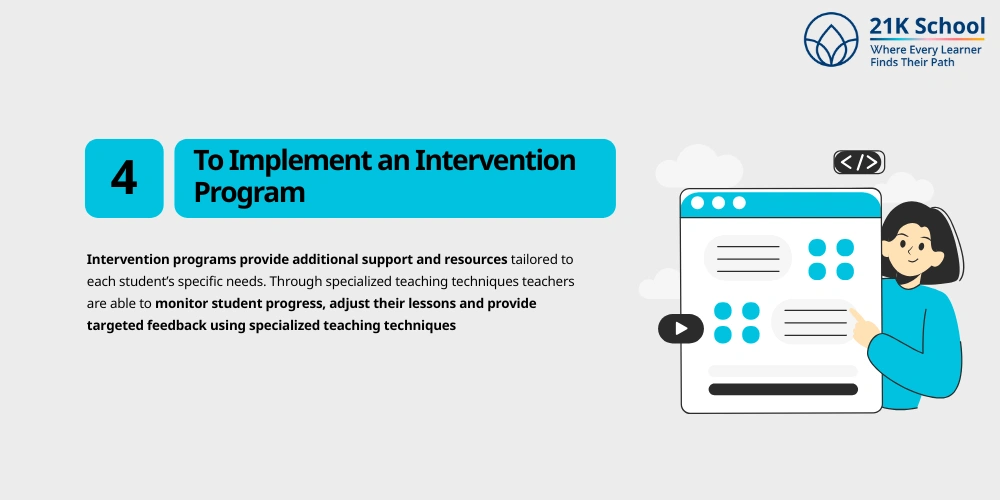
Intervention programs provide additional support and resources tailored to each student’s specific needs. Through specialized teaching techniques teachers are able to monitor student progress, adjust their lessons and provide targeted feedback using specialized teaching techniques.
This helps in addressing specific challenges of students and providing them with adapted learning.
5. Raising Awareness
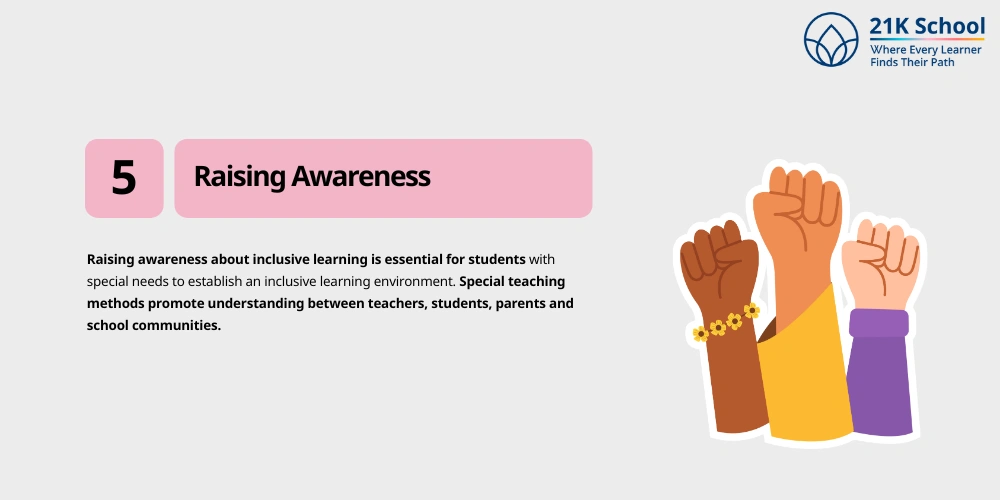
Raising awareness about inclusive learning is essential for students with special needs to establish an inclusive learning environment. Special teaching methods promote understanding between teachers, students, parents and school communities.
This helps in enhancing teacher-student relationships and allows them to develop social skills.
How 21K School Adopts Teaching Strategies for Special Needs Students
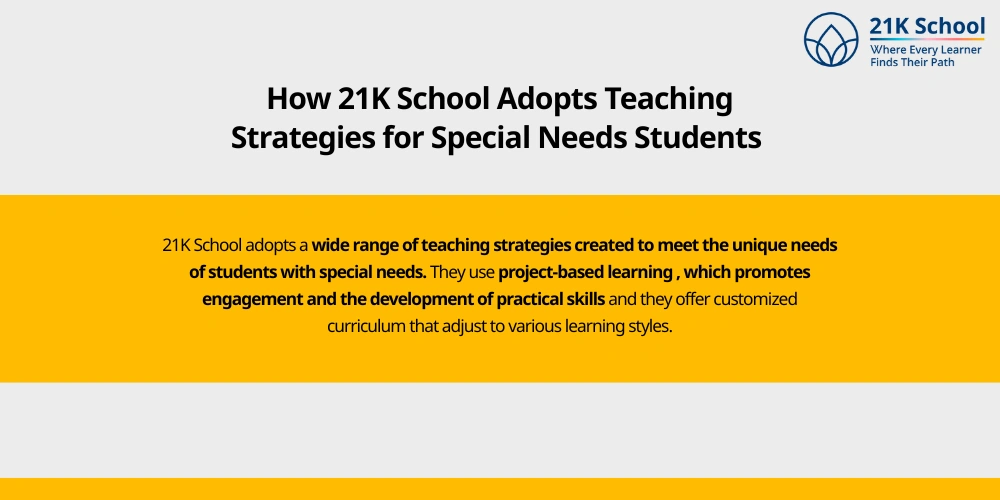
21K School adopts a wide range of teaching strategies created to meet the unique needs of students with special needs. They use project-based learning , which promotes engagement and the development of practical skills and they offer customized curriculum that adjust to various learning styles.
The school also prioritizes accessibility and inclusivity to ensure that all students have the resources and support they need to succeed academically. 21K School provides equal learning opportunities to every student irrespective of any challenges, which encourages student participation.
21K School provides various services to students such as counseling intervention, remedial services, concessions, consultation, advocacy, and assistance to help students with diverse needs. 21K School provides assistance to students through proper invigilation, by providing reader and writer during exams, allocating extra time and customised learning.
Conclusion
Effective teaching strategies for students with special needs are necessary to create a welcoming and supportive learning environment that considers a range of learning challenges and styles.
Teachers can effectively address the unique needs of each student by implementing specialized strategies such as individualized education programs, collaborative learning and assistive technology.
In addition to enhancing academic performance these strategies promote social-emotional development and involvement. Giving special needs students the tools they require for success and lifetime learning will ultimately help them overcome challenges, build their self-esteem and thrive both inside and outside of the classroom.

